Anime: The Fascinating World of Anime & A Comprehensive Guide
🌟What is Anime?
Anime refers to a distinct style of animation originating in Japan, characterized by vibrant visuals, imaginative storytelling, and a wide array of genres. Unlike traditional cartoons, anime delves into themes that appeal to all age groups—from thrilling adventures to profound philosophical inquiries. Whether it’s an epic battle between warriors or a heartwarming tale of self-discovery, anime captivates its audience with depth and creativity.
Origins and History of Anime
Anime’s roots trace back to early 20th-century Japan, inspired by Western animation styles like Disney’s classics. The genre first emerged as a storytelling medium in the 1910s, with Namakura Gatana recognized as one of the earliest works. The post-war era, however, marked anime’s true ascent, particularly with Osamu Tezuka’s Astro Boy in the 1960s, heralding a golden age that shaped modern animation styles.
Why Anime Has Global Appeal
What makes anime so special? Its ability to transcend cultural barriers while offering universal stories about love, loss, and courage. Each anime presents meticulously designed characters, vibrant artwork, and intricate narratives that resonate globally. From Pokemon, which introduced countless children to anime, to Your Name, a heart-rending romance, the diversity of anime ensures there’s something for everyone.
The Evolution of Anime Over Time
The Early Days of Anime (Pre-1950s)
Anime’s beginnings were modest, often limited to short films or government propaganda. Influenced by Western styles, these early creations laid the groundwork for Japan’s unique animation techniques. Hand-drawn animations like A Thousand and One Nights showcased the potential for visual storytelling.
The Golden Age of Anime (1960s–1980s)
The golden era of anime exploded with innovative series like Astro Boy and Speed Racer. Anime began tackling ambitious themes, such as war and morality, as seen in Mobile Suit Gundam. This period also birthed Studio Ghibli, whose films like My Neighbor Totoro set new benchmarks in animation artistry.
Modern Anime: Trends and Innovations
Contemporary anime reflects evolving tastes and technology. With high-definition visuals, 3D animation, and nuanced storylines, modern masterpieces like Attack on Titan and Demon Slayer redefine the genre. Studios now embrace CGI and explore crossovers with gaming and virtual reality, offering immersive experiences.
Popular Anime Genres
Shonen: Adventures for the Young and Bold
Shonen anime, designed for teenage boys, dominates the genre. Series like Naruto and One Piece showcase action-packed adventures filled with friendship and perseverance. These narratives emphasize character growth, making them universally relatable.
Shojo: Romantic Tales for Dreamers
Shojo anime captures the intricacies of love, relationships, and personal growth. Stories like Fruits Basket blend fantasy and romance, creating emotionally rich narratives that resonate with young audiences.
Seinen: Mature Themes and Stories
For older audiences, seinen anime explores complex, mature themes. Psychological thrillers like Death Note and dark fantasies such as Berserk challenge viewers with moral dilemmas and intricate plots.
Other Notable Genres: Isekai, Mecha, and Slice of Life
Anime’s versatility shines in unique genres. Isekai transports characters to fantastical worlds (Sword Art Online), Mecha focuses on robotic warfare
Iconic Anime Series and Films
Timeless Classics Like Dragon Ball and Naruto
These series revolutionized the shonen genre. With legendary characters like Goku and Naruto, they became gateways for millions into the anime world.
Groundbreaking Films by Studio Ghibli
Studio Ghibli’s masterpieces—Spirited Away, Howl’s Moving Castle—redefine animation with their breathtaking visuals and emotional depth. These films are a testament to anime’s power to tell universally compelling stories.
Modern Hits: Attack on Titan and Demon Slayer
New-age anime like Attack on Titan combine epic storytelling with state-of-the-art animation. Demon Slayer, with its dazzling fight scenes and heartfelt character arcs, has shattered box office records globally.
Anime’s Influence on Global Pop Culture
Anime’s impact on global pop culture is undeniable. From cosplay conventions to mainstream fashion, anime aesthetics have transcended borders. Iconic anime characters like Pikachu, Sailor Moon, and Goku have become cultural icons, adorning everything from merchandise to international advertising campaigns. Influences from anime can even be seen in Western films and TV shows, including hit series like Stranger Things, which incorporates anime-inspired visuals and themes.
How Anime Shapes Fashion and Lifestyle
Anime’s vibrant style has inspired fashion trends worldwide. Harajuku streetwear, often showcased in anime, has become synonymous with bold, eclectic fashion. Brands like UNIQLO and Gucci have collaborated with anime franchises to create exclusive collections, proving that anime isn’t just entertainment—it’s a lifestyle.
Fan Communities and Conventions
The anime fandom is a powerhouse of creativity and passion. Events like Anime Expo in Los Angeles and Comiket in Tokyo draw hundreds of thousands of fans annually. These conventions celebrate anime with cosplay contests, exclusive merchandise, and panels featuring industry insiders. Online communities, through platforms like Reddit and Discord, further foster discussion, fan art, and shared love for anime.
The Business of Anime
The Anime Production Process
Creating an anime involves meticulous teamwork. It starts with conceptualizing a story, followed by detailed storyboarding and animation. Studios like Madhouse and Kyoto Animation have gained renown for their meticulous attention to detail. Despite its artistic brilliance, the production process is grueling, often involving long hours and tight budgets, making anime an intense labor of love.
The Role of Merchandising in Anime’s Success
Merchandising is a cornerstone of the anime industry. From figurines and posters to themed snacks and clothing, anime merchandise generates billions in revenue. Limited-edition products tied to popular shows often sell out instantly, underscoring the fandom’s devotion.
Streaming Platforms and Anime’s Global Reach
With the advent of streaming services like Crunchyroll, Funimation, and Netflix, anime has reached global audiences like never before. These platforms not only make anime accessible but also fund original productions, further expanding the genre’s horizons. Simulcasts have allowed fans worldwide to enjoy episodes shortly after they air in Japan, fostering a unified global community.
How to Start Watching Anime
Recommendations for Beginners
If you’re new to anime, starting with widely loved series can make all the difference. Shows like My Hero Academia, Attack on Titan, and Fullmetal Alchemist: Brotherhood offer compelling stories that are easy to follow. For movie enthusiasts, Studio Ghibli classics like Spirited Away or Princess Mononoke provide a great introduction.
Essential Platforms for Streaming Anime
Several platforms make watching anime seamless. Crunchyroll and Funimation are dedicated to anime, offering a massive library of shows. Netflix and Hulu also host popular series and exclusive anime originals, catering to diverse tastes.
Tips for Exploring Different Genres
Anime spans a vast array of genres, so it’s essential to explore your preferences. Enjoy science fiction? Dive into Steins;Gate. Looking for romance? Try Your Lie in April. Don’t hesitate to explore forums or ask for recommendations from friends who are fans. Experimenting is part of the fun!
The Future of Anime
Upcoming Trends in Anime
The future of anime is brighter than ever. With growing investment from streaming platforms, anime production is entering a new era of innovation. Upcoming series are blending traditional storytelling with cutting-edge animation techniques, creating immersive narratives.
The Role of Technology in Anime’s Evolution
Technological advancements, such as CGI and artificial intelligence, are transforming anime. Studios are incorporating 3D modeling to create hyper-realistic scenes while maintaining the unique anime aesthetic. Virtual reality anime experiences are also emerging, allowing fans to step inside their favorite worlds.
Challenges Facing the Anime Industry
Despite its success, the anime industry faces challenges, including overworked animators and budget constraints. Addressing these issues is crucial for sustaining quality and ensuring the well-being of creators. Additionally, navigating global cultural differences without losing anime’s essence will require thoughtful innovation.
Conclusion
Anime is not just a form of entertainment; it’s a cultural phenomenon that has captured the hearts of millions worldwide. Its ability to tell diverse, engaging stories ensures that it resonates across generations and geographies. Whether you’re a lifelong fan or just beginning your journey, anime offers a world of creativity and imagination that is bound to leave a lasting impression.
What is the difference between a webtoon, a manga, and an anime?
Manga is term for comics in Japan, any comics. But the rest of the world started to refer to the Japanese comics as “mangas”. They became their own category because of how enormous and unique manga industry is compared to the most of the other comics all over the world. That’s where “manga style” term was born.
Mangas in Japan are most usually printed in volumes. Therefore are made for the format with keeping in mind people will read it like a book and flip pages.
These are two pages you have open when reading. You flip like a normal book but from right to left instead of the opposite. Authors keep in mind this medium and try to make panels while making great use of the reading method. This is horizontal and again, most of the time printed in volumes like books.
Example: one of my favorites, Let Dai (1995–2005) **(actually edit lol I used manhwa instead of manga as example cuz I had that downloaded forgive. Manhwa is term for comics in Korea and it’s left to right other than that there’s not much difference)
So I’ll add example of actually a manga. Mars (1996)
And popular series Tokyo Ghoul
Next is “WEBTOON”
Webtoon’s are webcomics. They are being read on mobiles. Since the screens are small, format had to keep that in mind and that’s how vertical scrolling came to exist.
When you open one whole manga page on the phone screen, it’s at times difficult to read smaller bubbles/letters. Manga pages include many panels and in one manga page there’s really a lot happening. So to make it more simple and easier to read, for mobile users – for webtoon readers, there’s bigger text, less panels/action per screen/page.
For these comics instead of using flipping to their advantage, in webtoons authors make perfect use of the scrolling and the use of hollow space between panels. It feels like storyboard for a movie.
Example: few panels of webtoon “Painter Of The Night”
(Don’t google this webtoon I just used whatever I had downloaded in my PC but this is not something I’d recommend to anyone. 18+)
Read from beginig here The Young Lady Is a Royal Chef rated with 🌟9.4🌟 stars
Little bit of information for interested, Webtoons were first made and became popular in Korea. Korean authors and other people who have worked on the success of webtoons have started to use the term with hopes it’ll catch and people will really start to refer to the scrolling format webcomics as webtoons and make it a unique thing same as Japanese were able to make term “manga” being worldwide associated with Japanese comics.
Naver (Korea’s Google) has one of the most popular platform for webcomics called Line’s Webtoon. There are some others such as Lezhin, Tapastic and so on, but Line’s are thriving with success. Plus for many readers, comics there are for free and have quite a big variety > WEBTOON. It’s younger medium but fast-growing, especially in the US and there have been even first webtoons which got anime adaptations, there are also many TV Series being filmed based on popular webtoons in Korea. So it’s safe to say, Webtoons are the future of comics because of the digital age.
FAQs
-
- What distinguishes anime from cartoons?
Anime differs in its detailed art style, complex storylines, and themes that appeal to a broad age range. While cartoons often target children, anime caters to audiences of all ages. - What are some family-friendly anime series?
Shows like Pokemon, My Neighbor Totoro, and Haikyuu!! are perfect for family viewing, offering wholesome entertainment suitable for all ages. - How can I learn more about Japanese culture through anime?
Anime like Samurai Champloo and Natsume’s Book of Friends offer insights into Japan’s history, traditions, and values, blending entertainment with education. - Are there anime genres for all age groups?
Absolutely! Anime spans genres from action-packed shonen for teens to seinen for adults, alongside slice-of-life and family-friendly options. - What are the best anime streaming platforms?
Crunchyroll, Funimation, and Netflix are among the best platforms, offering extensive catalogs with both subbed and dubbed versions.
- What distinguishes anime from cartoons?
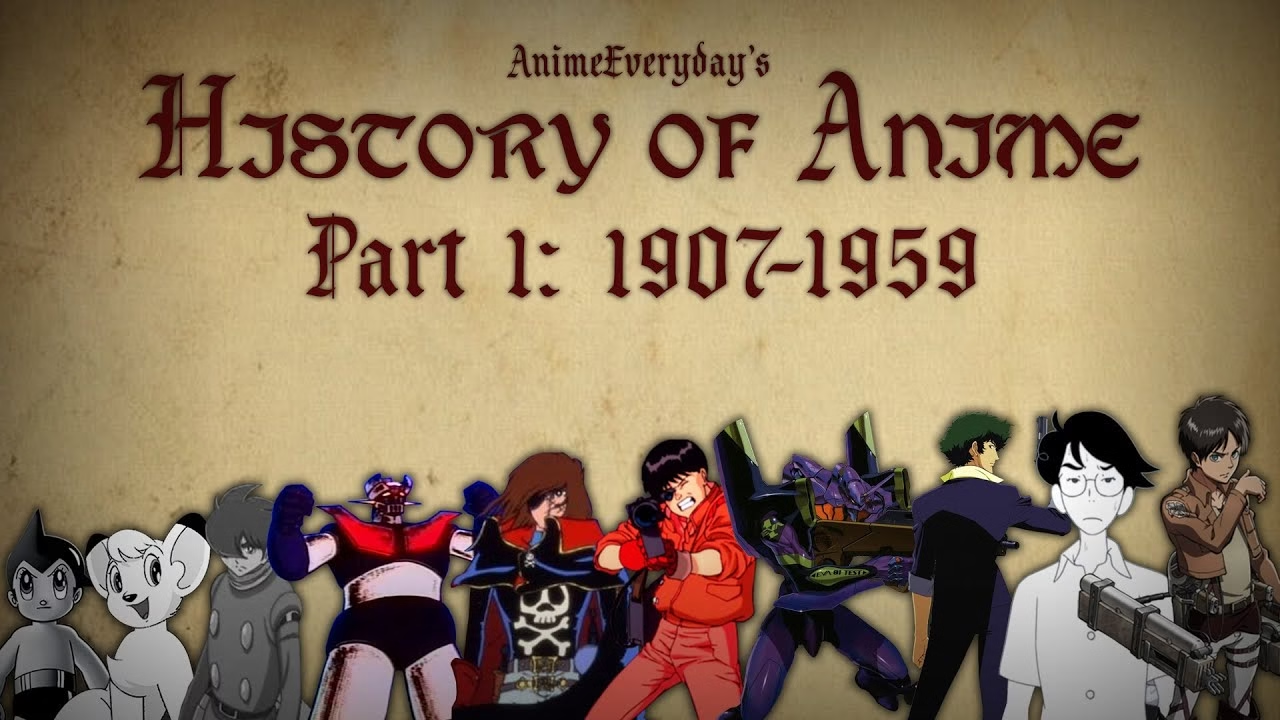
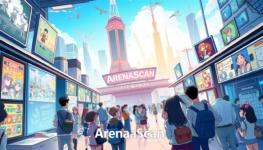
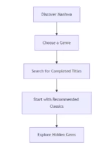
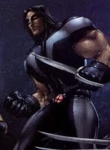
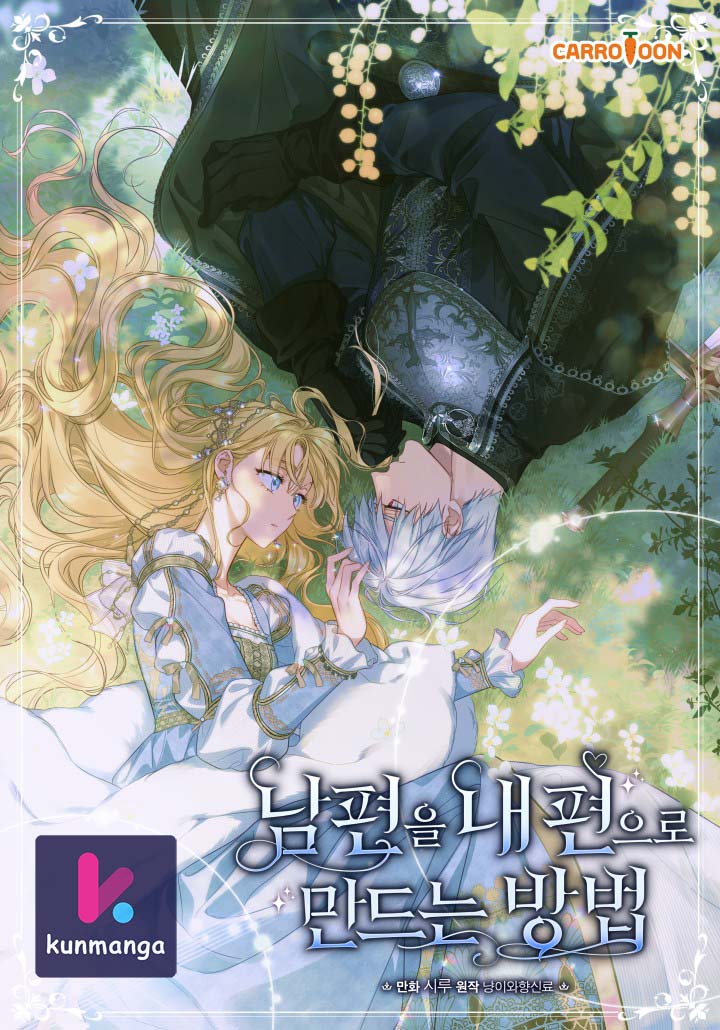
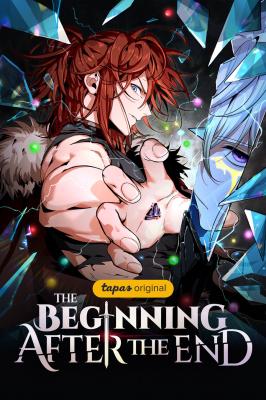
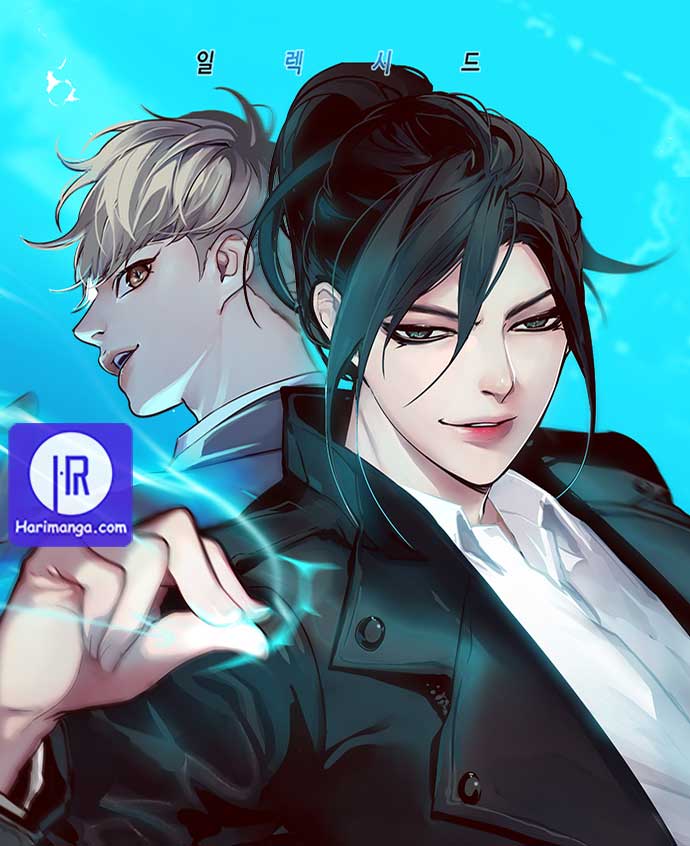
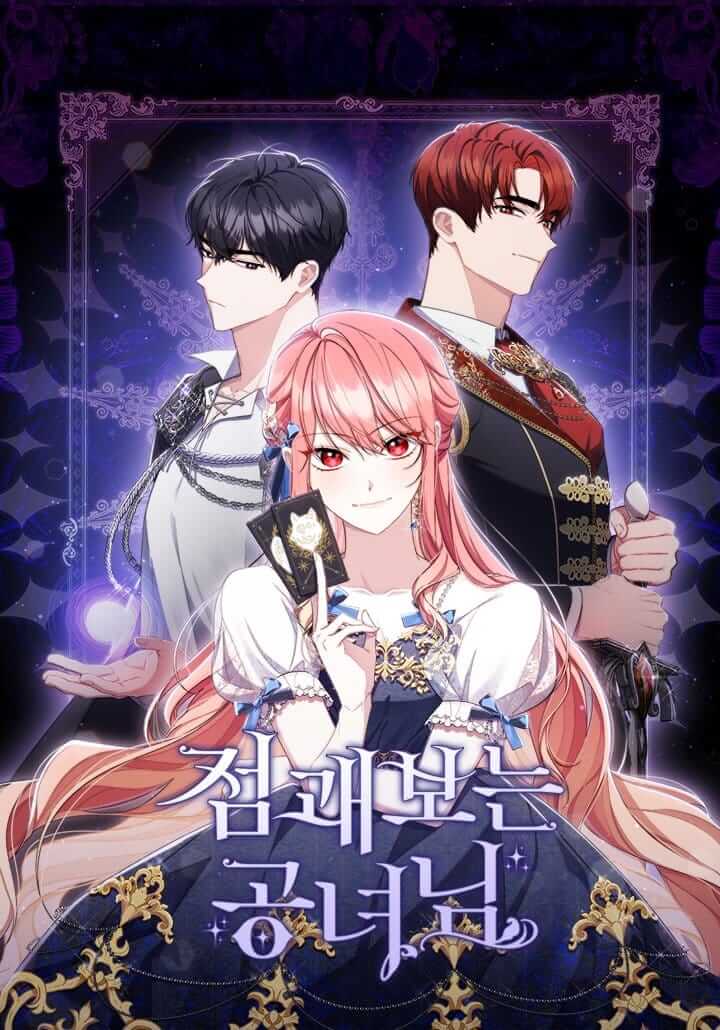
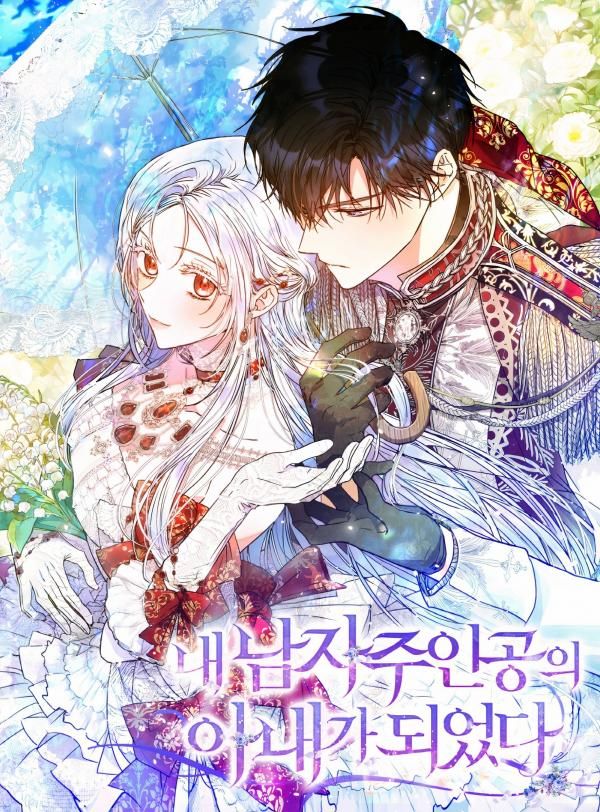
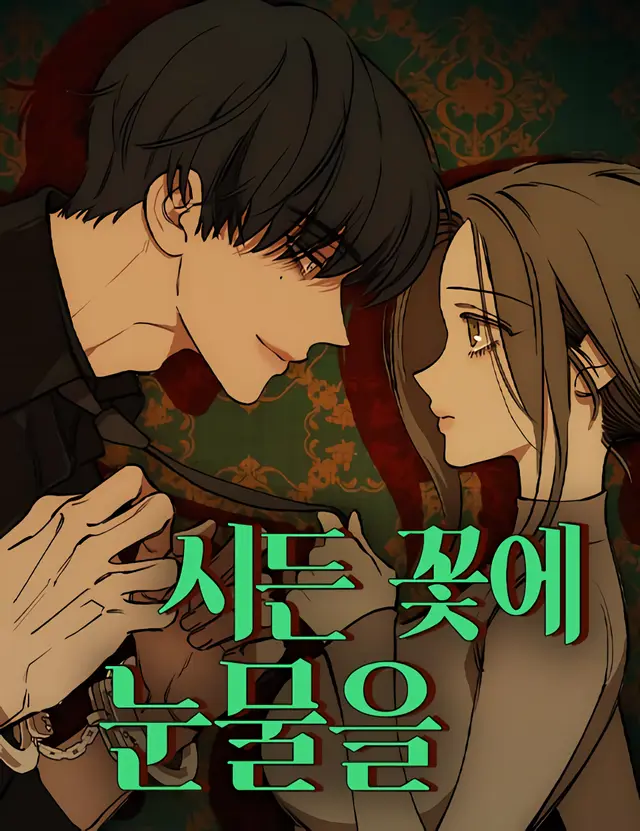
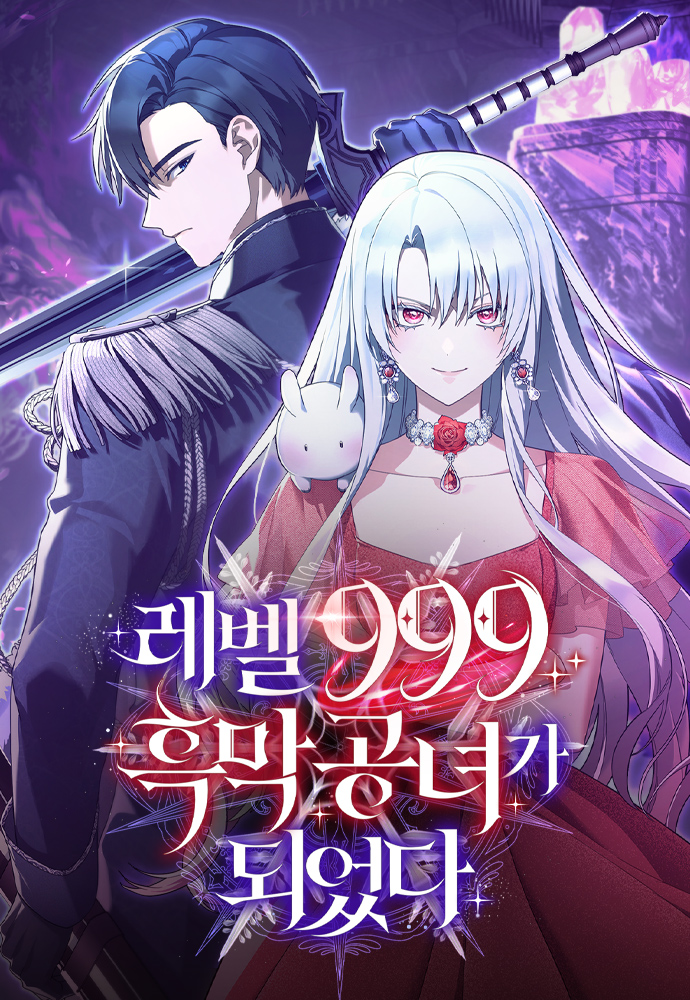
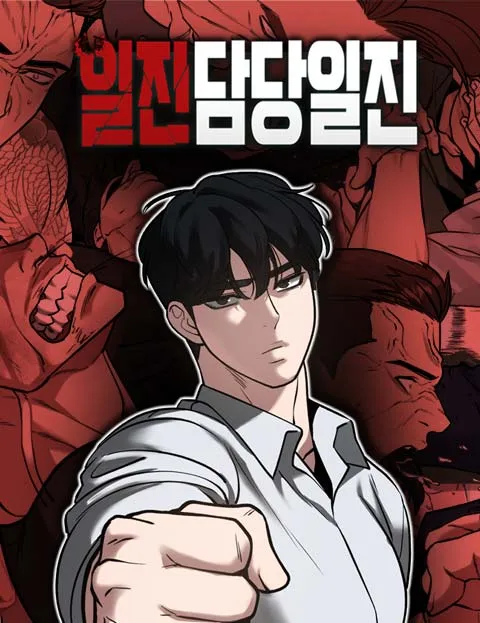
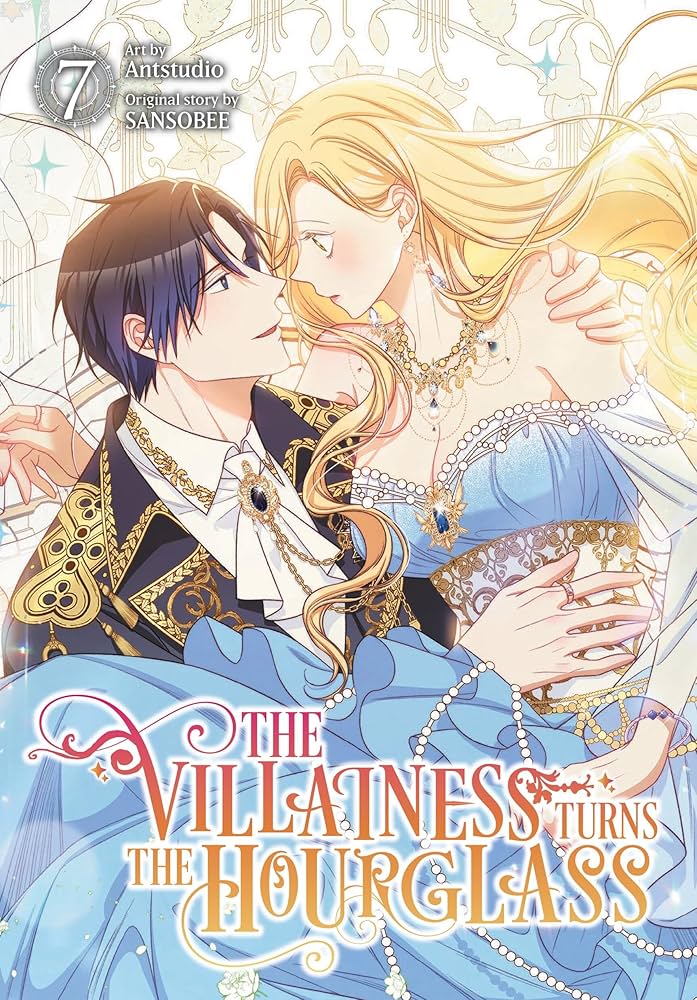
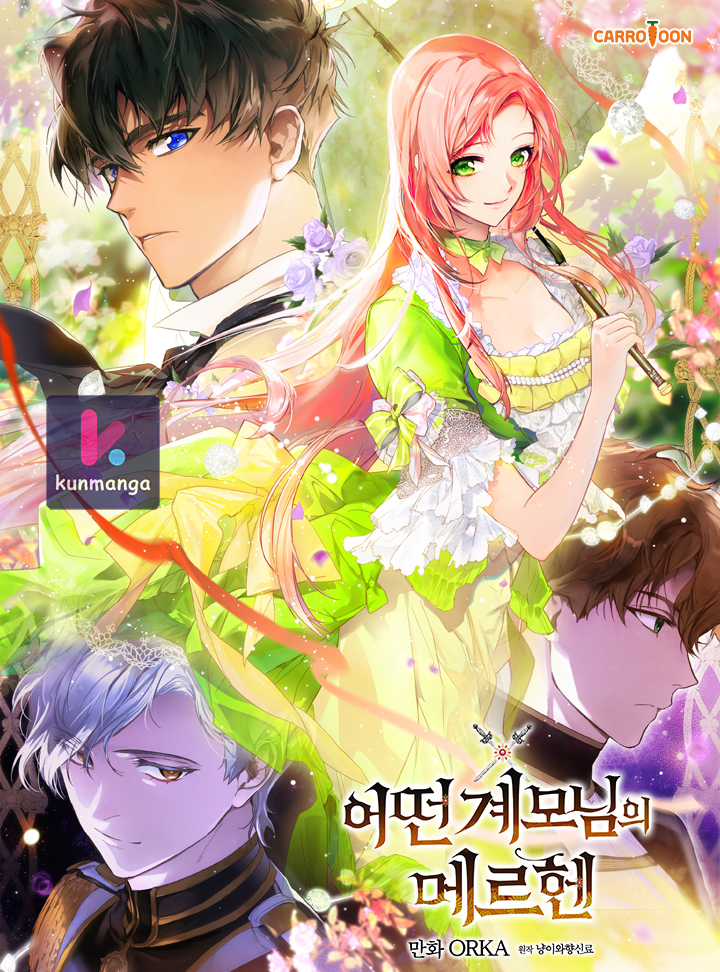
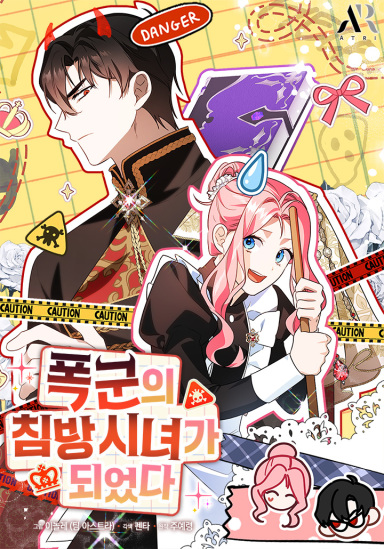
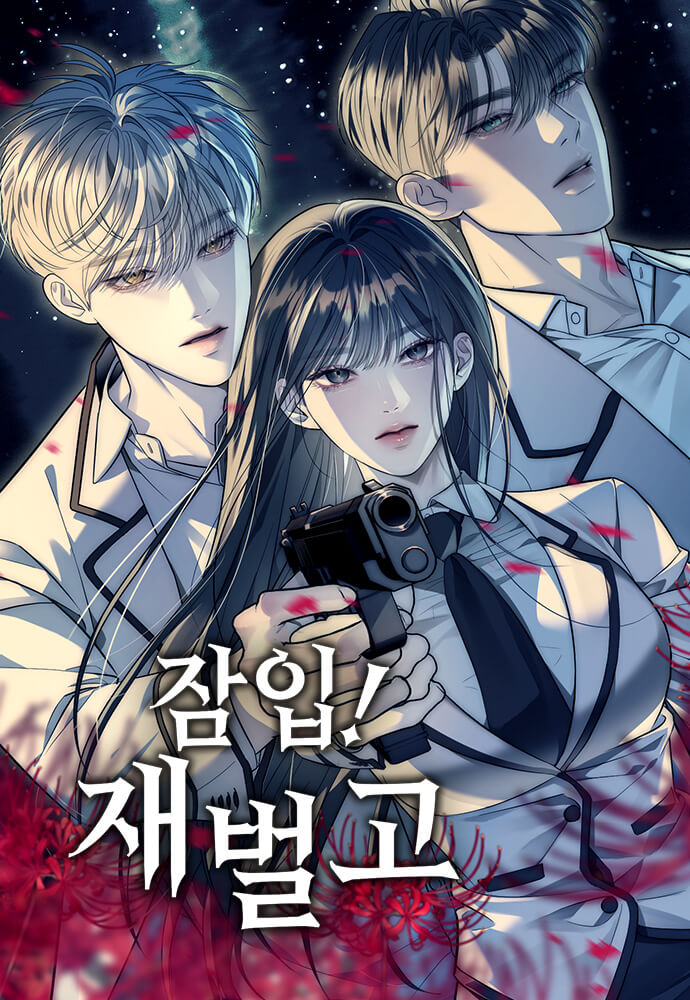
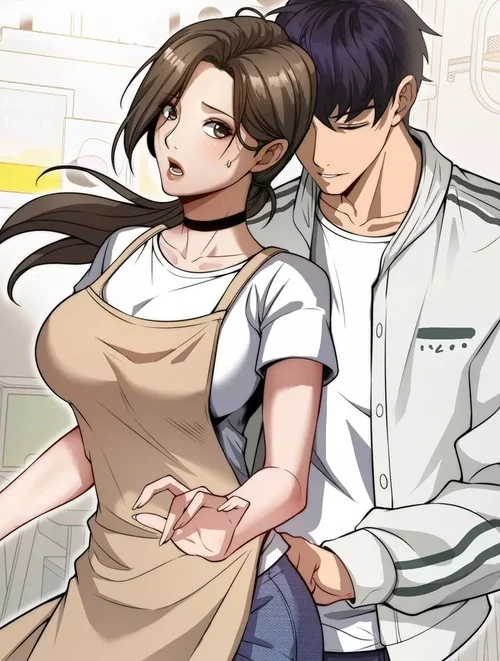
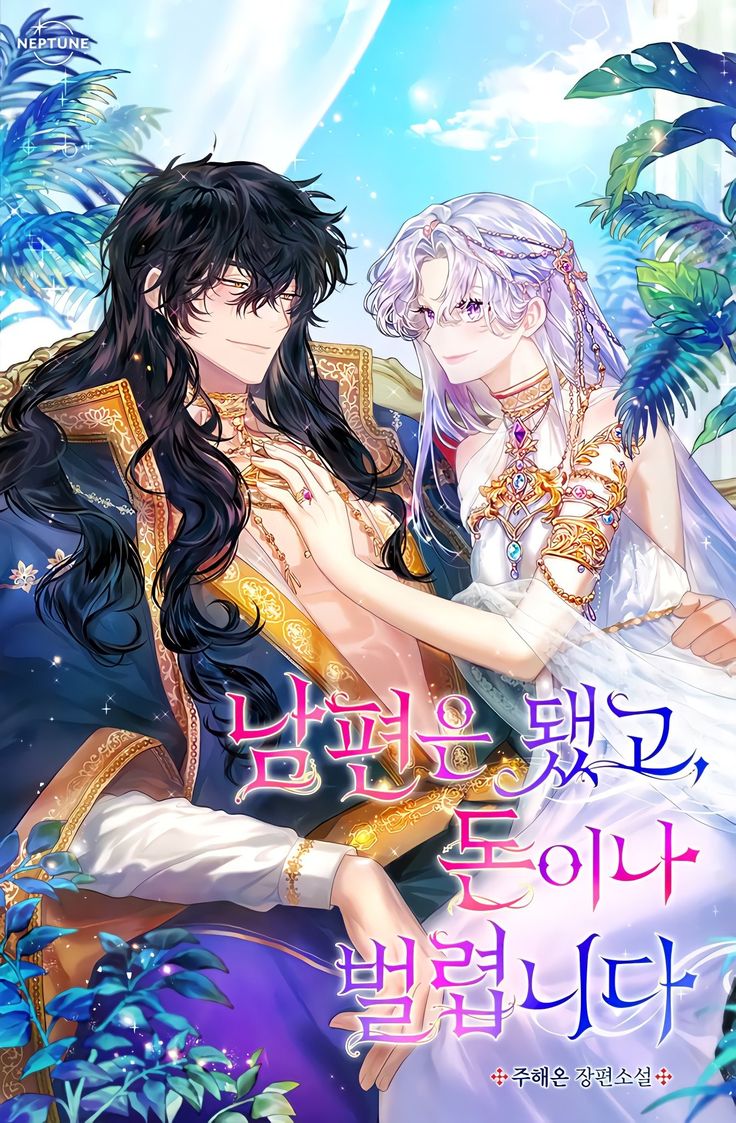
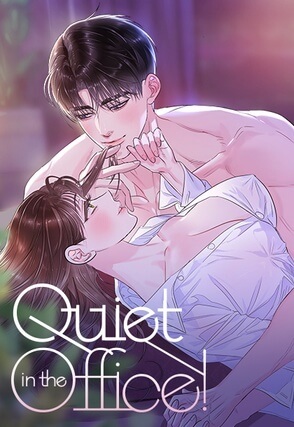

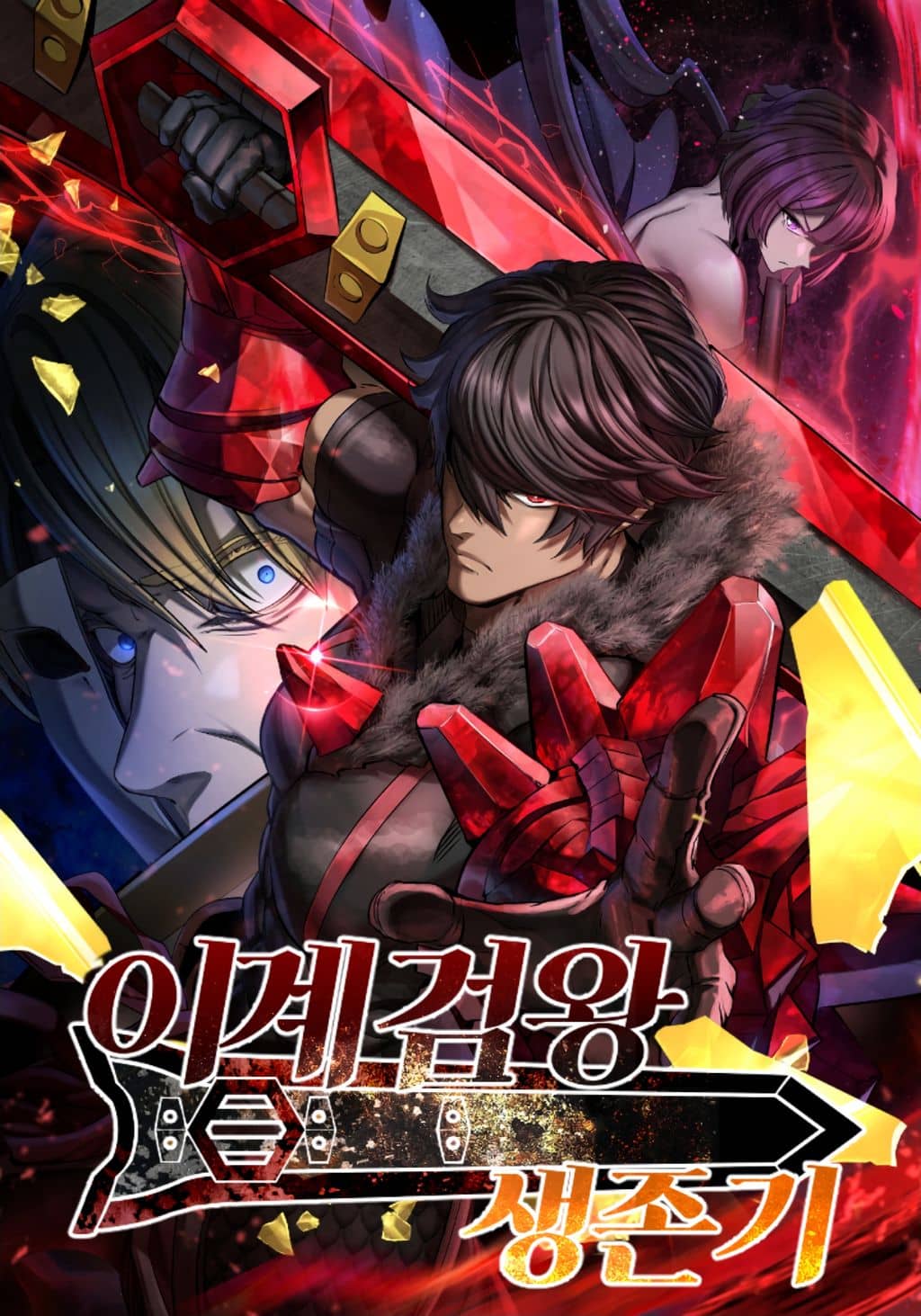
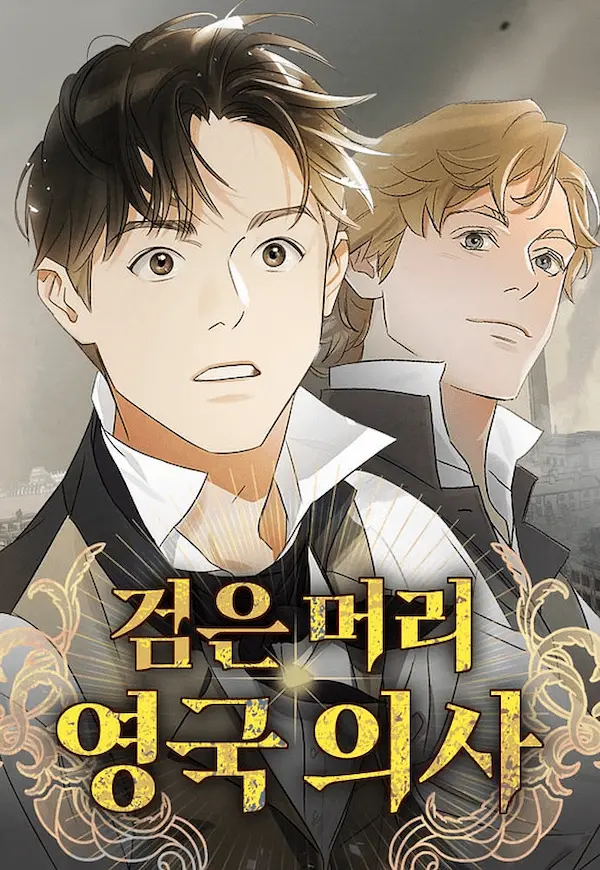
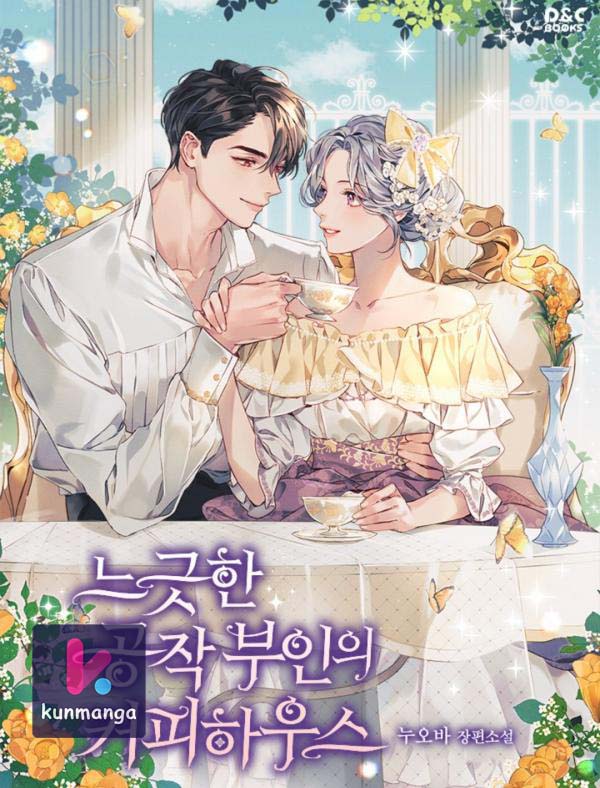

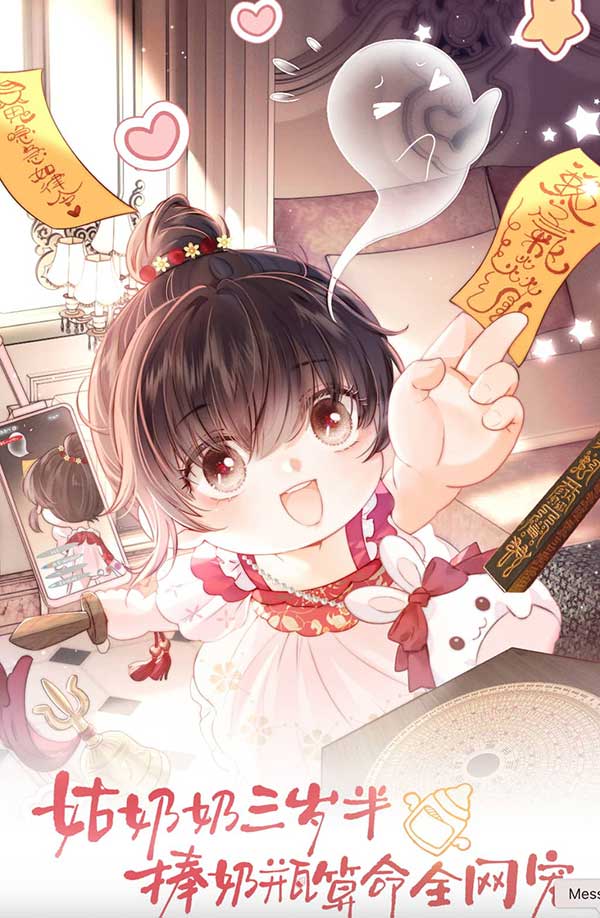
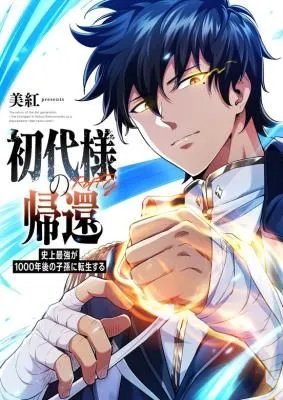
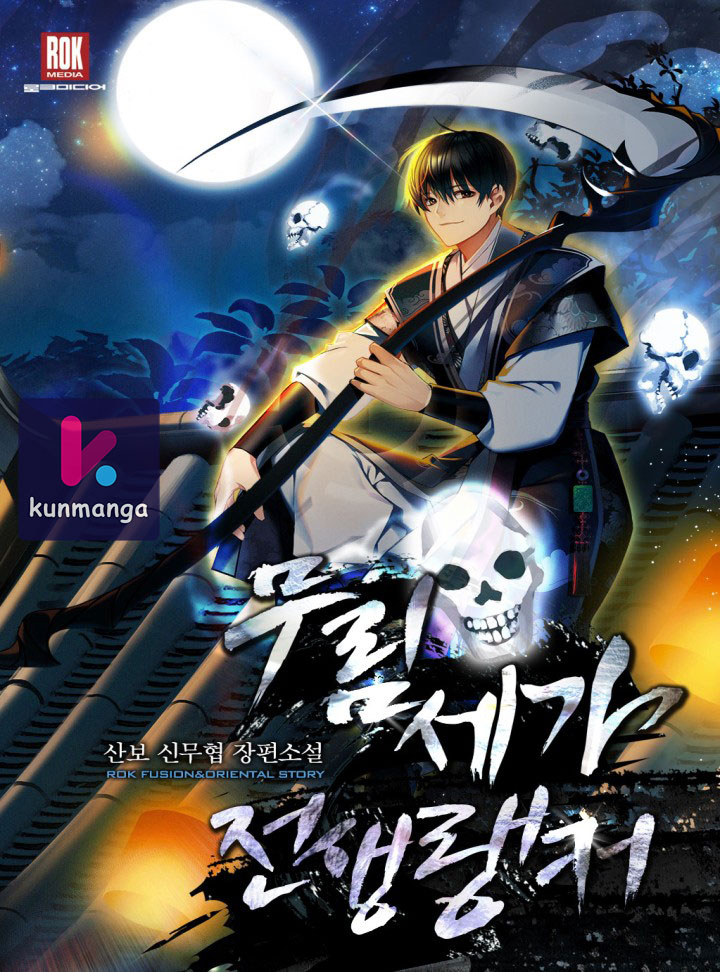
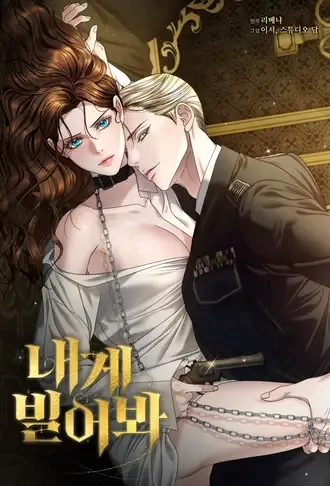
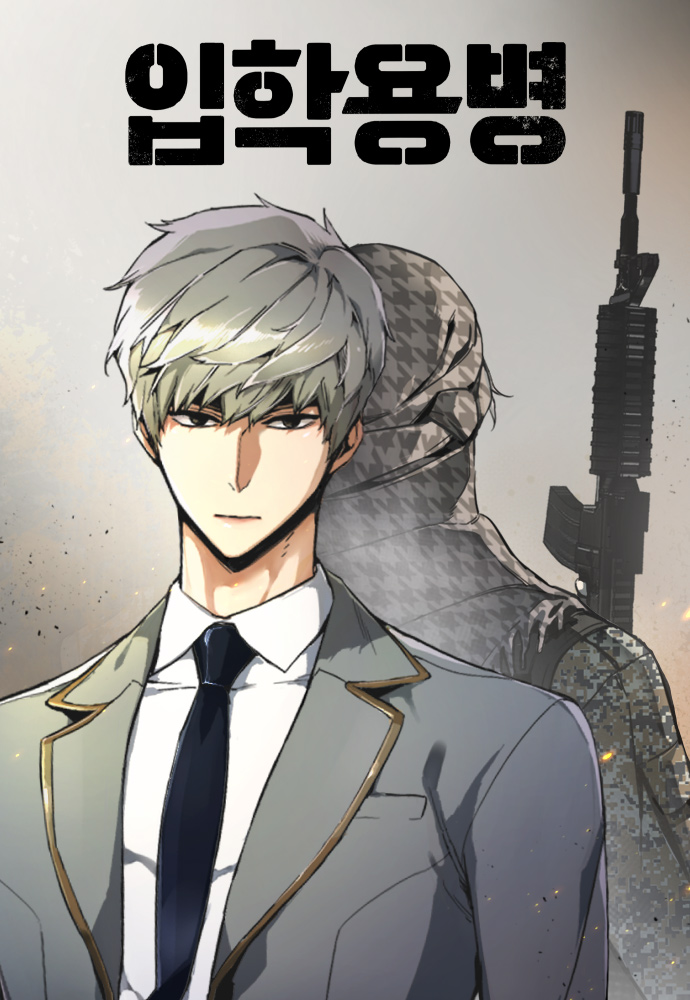

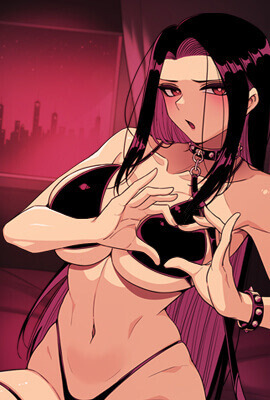
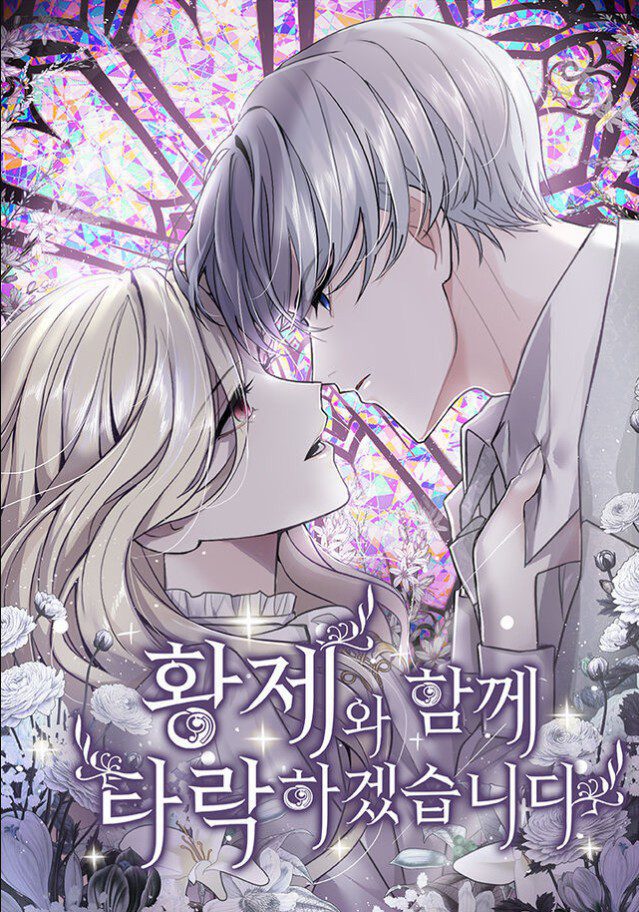
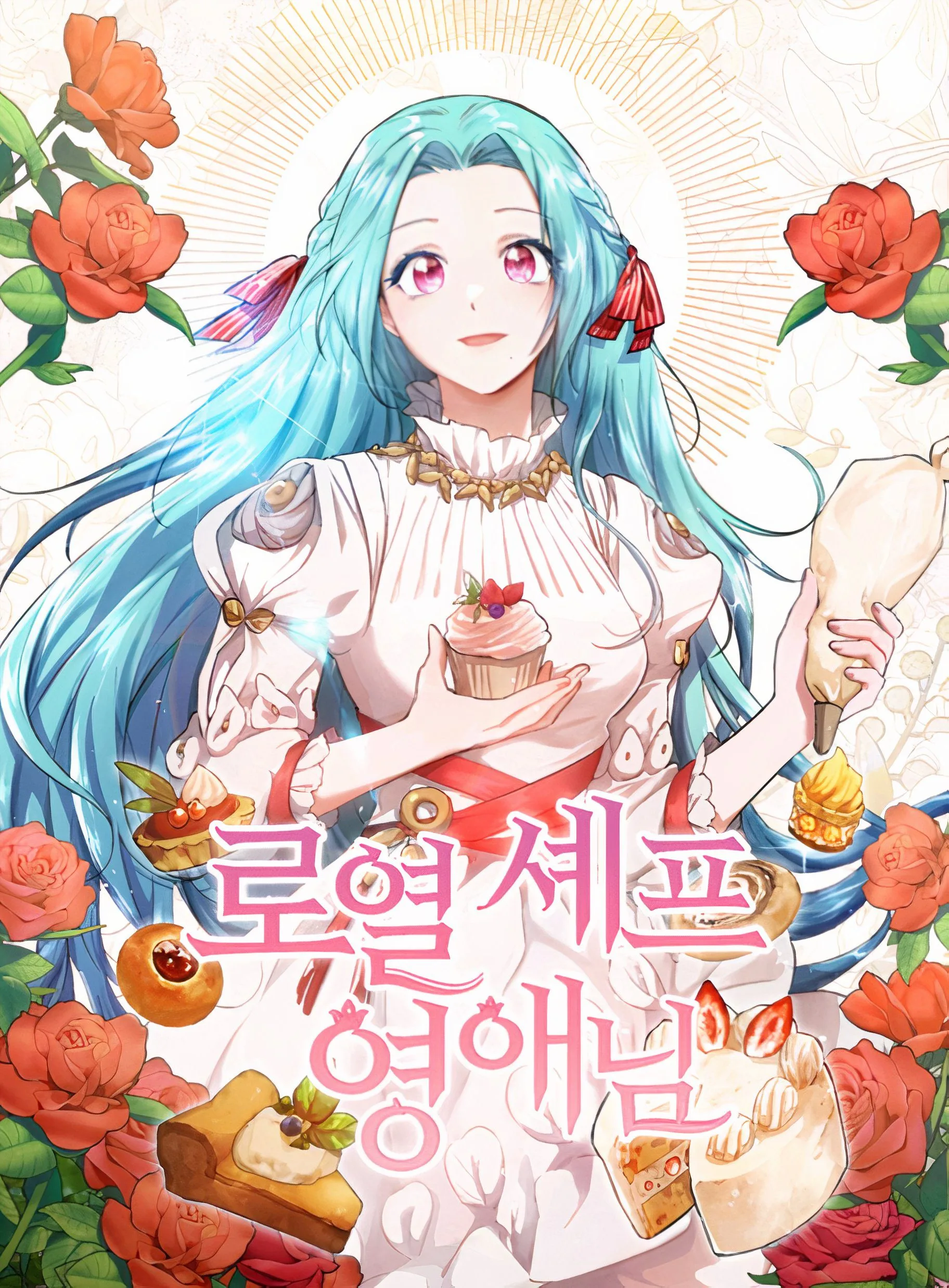
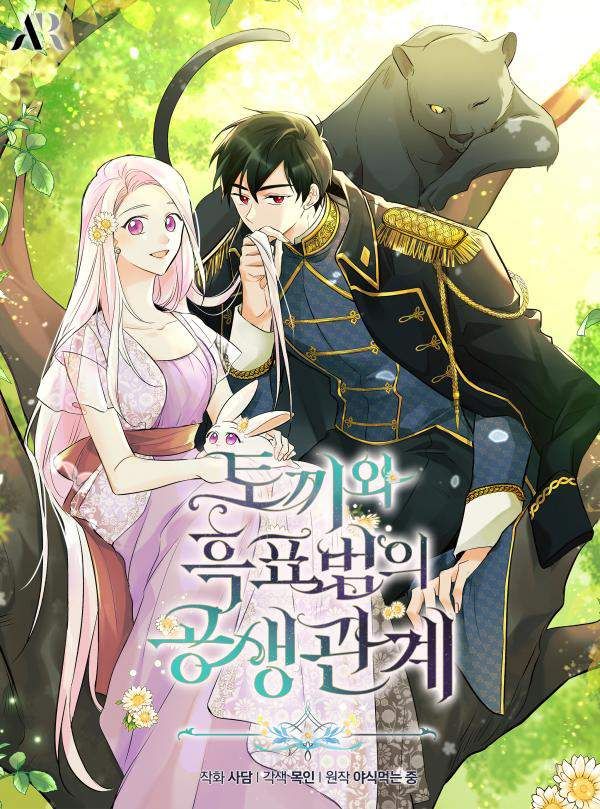
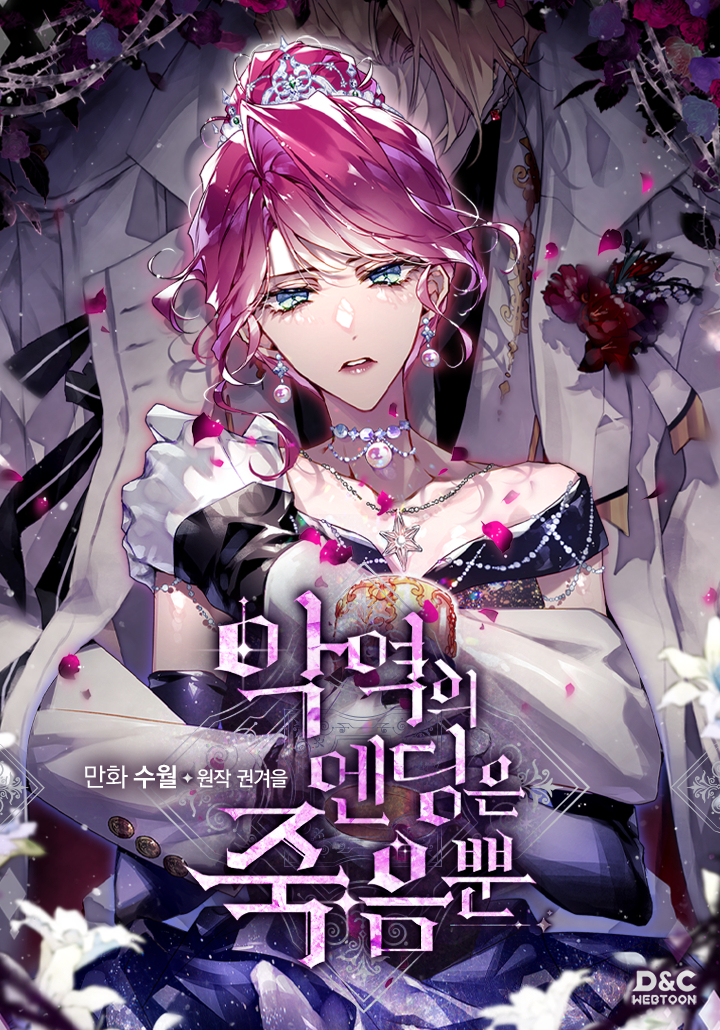
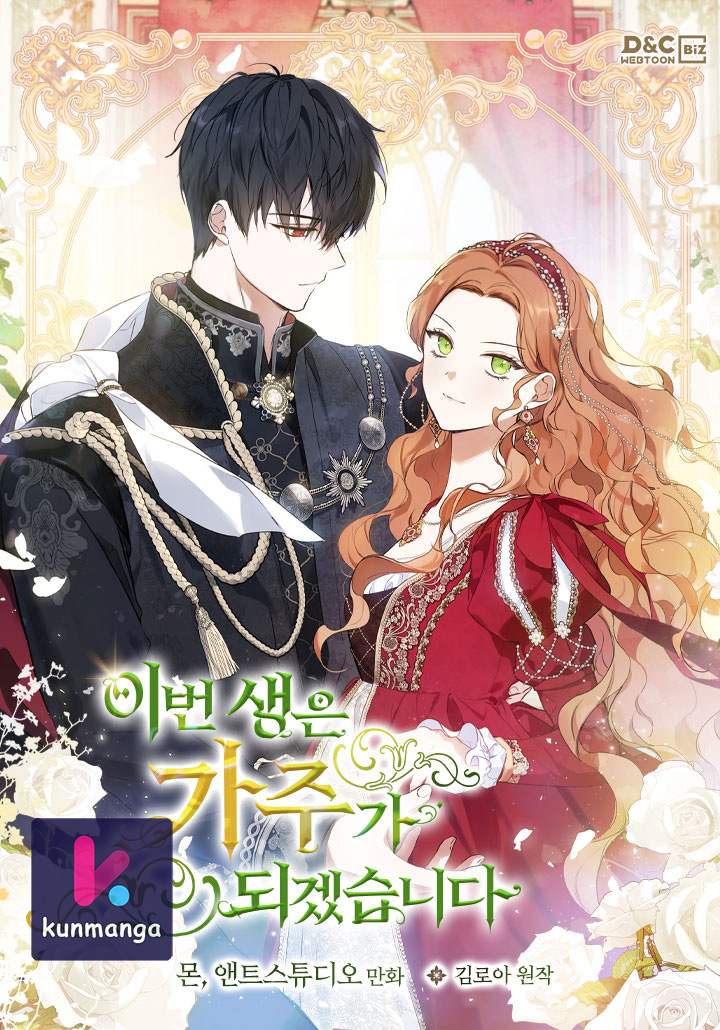
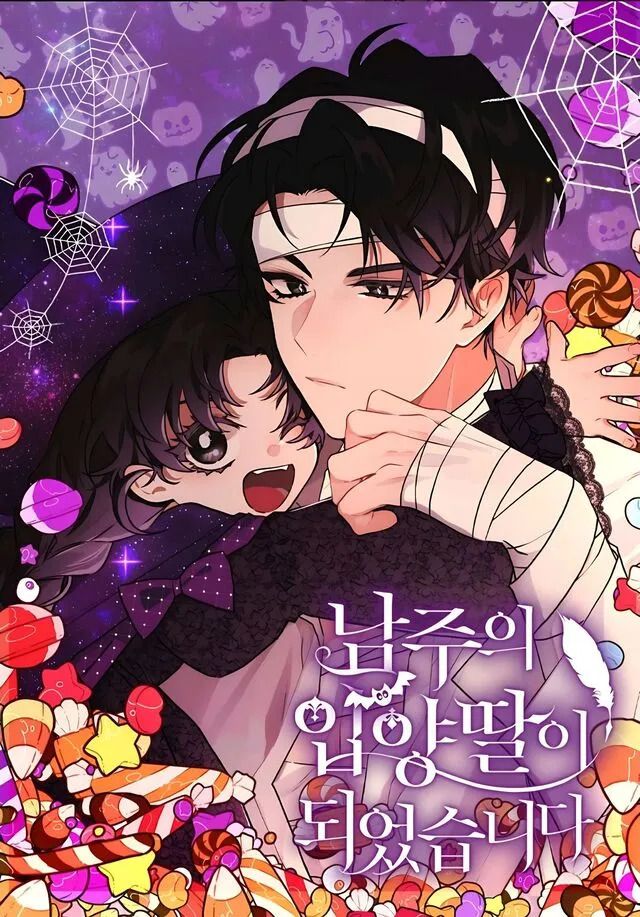
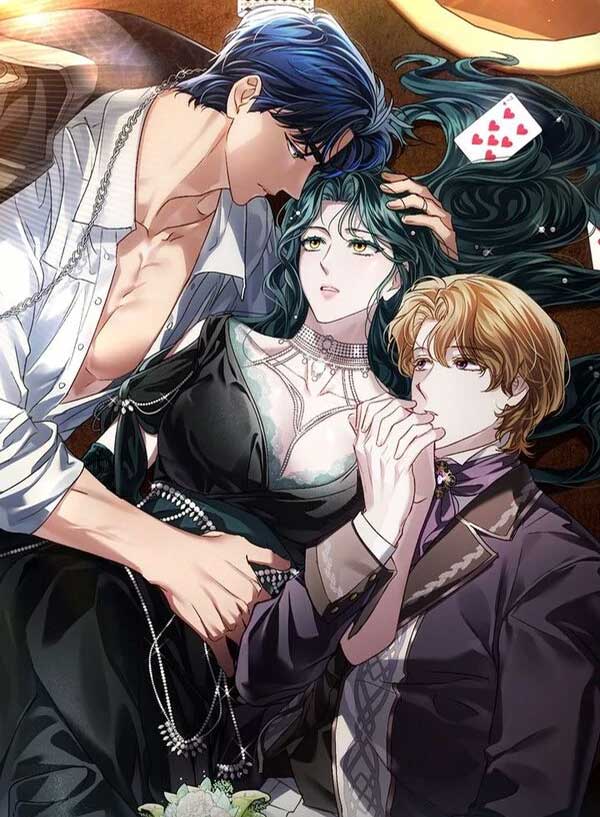
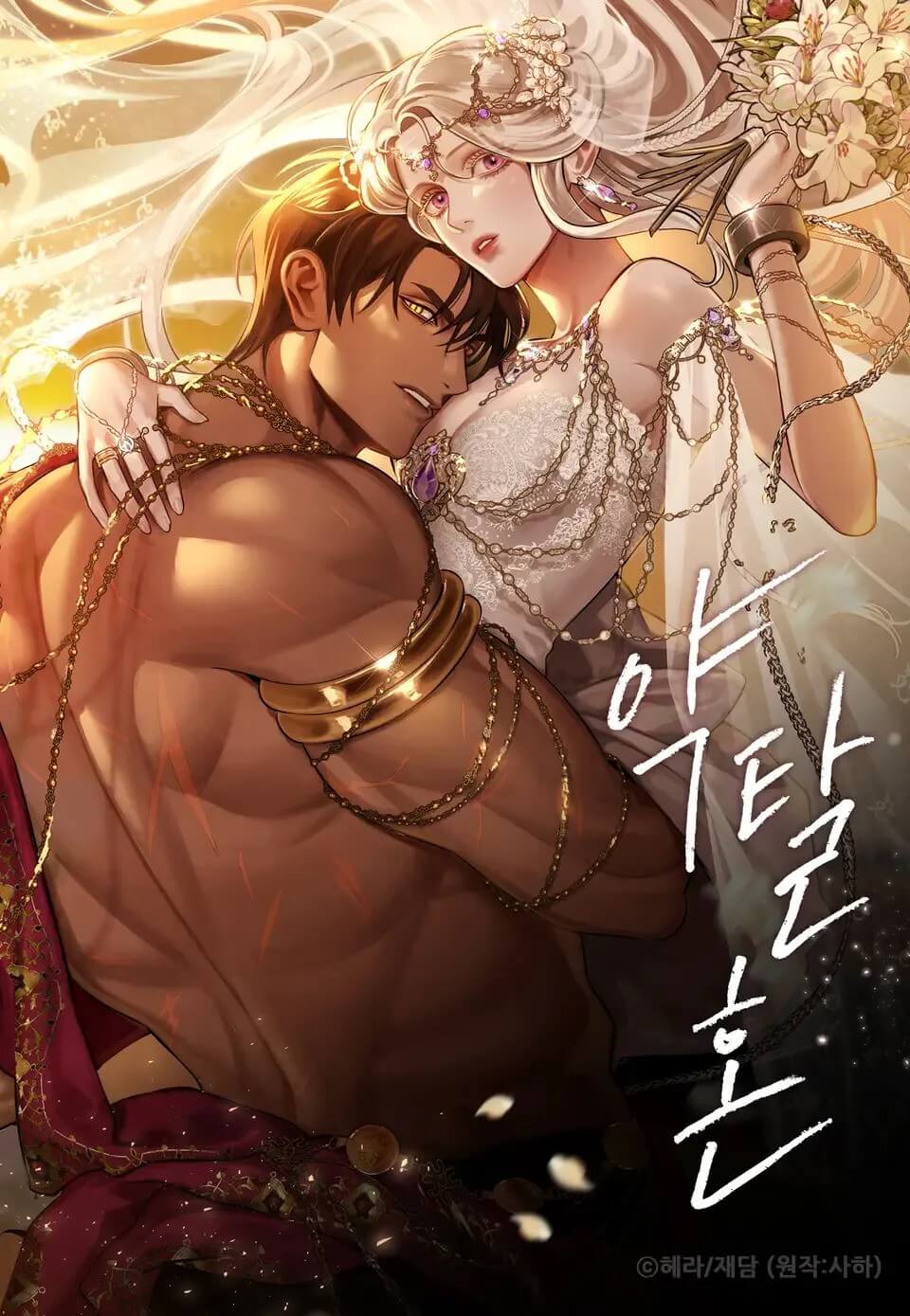
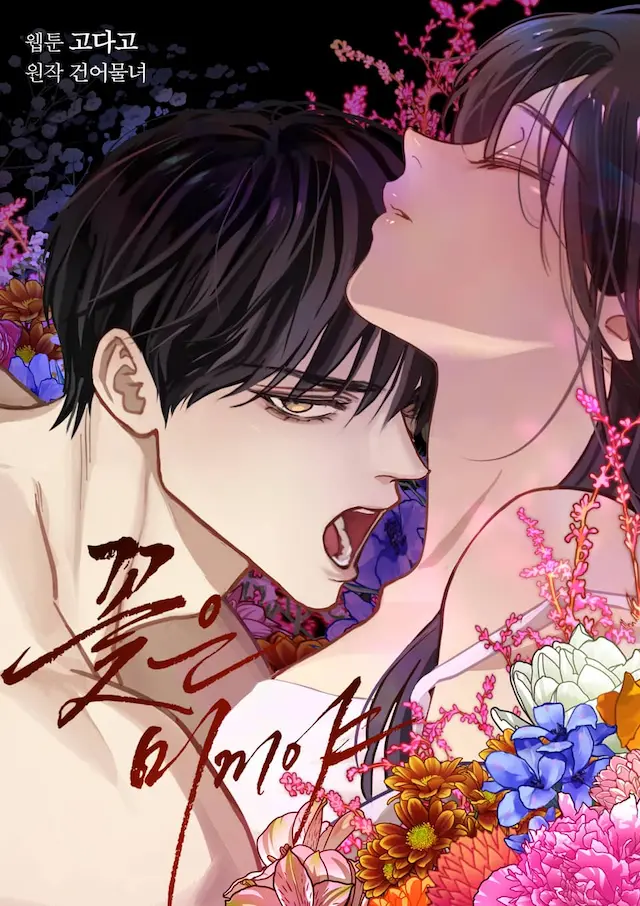
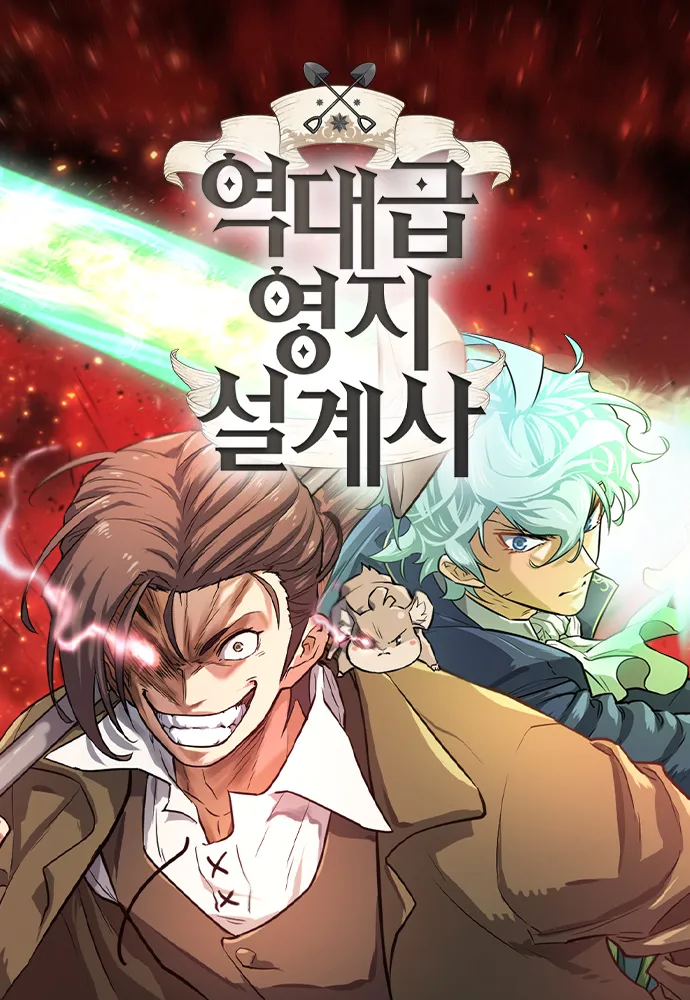
Comment